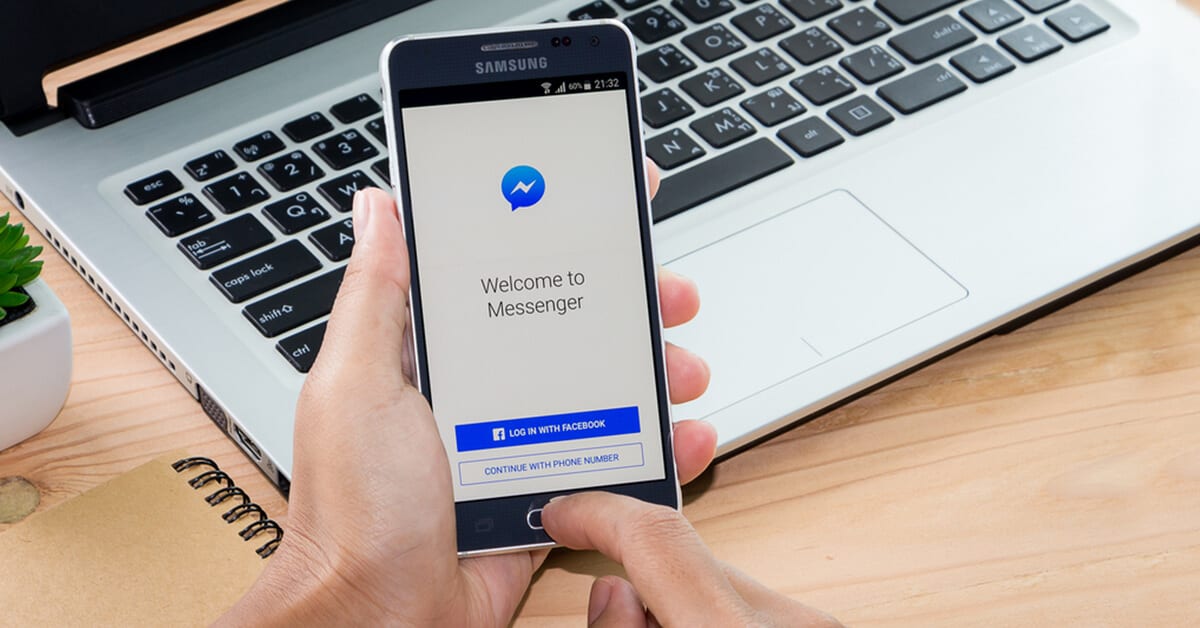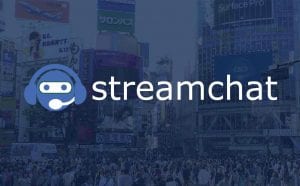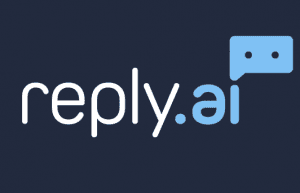A Facebook Messenger bot is a chatbot that lives in Fb Messenger, which means it converses with a few of the 1.3 billion people who utilize Facebook Messenger monthly.
In case you’re on Fb, you probably already have a Fb Messenger technique. A Facebook Messenger bot is the method you scale that technique.
We have divided them into two Facebook messenger bot categories based on their capabilities and the investment required: self-serve and enterprise. We have noted them particularly below.
Self-serve tools
Streamchat
Streamchat is one of the most simple chatbot tools out there. It’s meant to be used for easy automation and autoresponders, like out-of-office replies or “We will get back to you as soon as we could!” messages, rather than for managing a broader workflow. It’s fast to implement and simple to begin with when you are just dipping your toes into the chatbot waters.
Chatfuel
As one of the biggest self-serve platforms for building Facebook Messenger bot, Chatfuel has an impressive client list: everybody from TechCrunch to Netflix to the Cincinnati Bengals.
They have an intuitive visual interface for those without a coding background, however, developers will like the editable front-end and customization options. While you could build a bot at no cost, lots of the more complex (and interesting) tools are only available with Chatfuel Pro accounts. Either method, it could be useful to know that Chatfuel integrates with Hootsuite Inbox utilizing the Facebook Messenger handover protocol.
MobileMonkey
This free tool includes a visual chatbot builder for Fb Messenger with several bells and whistles, together with: Q&A triggers, Live Chat Takeover, Chatbot Templates, Custom Attributes, and more. There is also a “Chat Blast” feature, just like Chatfuel’s “broadcasting” feature, that permits you to send messages to multiple users at once.
When you improve to a “Pro” plan, you will have access to a few of the more valuable features, like scheduling, analytics, and drip campaign setup.
PS: MobileMonkey is primarily designed for non-technical users. Meaning no coding required.
ManyChat
ManyChat’s interface is one of the least intimidating out there. Nonetheless, it might be better suited to those making easier bots—message management can get cumbersome as the conversation gets complicated.
On the plus side, ManyChat has loads of tools that will assist you to promote your bot and evaluate user analytics. It’s free at first, however, after you hit a certain number of subscribers you will need to begin paying for a Pro account.
Enterprise tools
Chatkit
Chatkit gives enterprise level solutions for automated messaging on Fb Messenger, along with SMS messaging and Google RCS (a.k.a. Google Chat). It’s lauded for its wide range of integrations, including Zendesk and Shopify.
Reply.AI
Utilized by Coca Cola and Samsung, Reply.AI is an enterprise level, all-in-one conversational AI platform for sales, support, and marketing conversations on Fb Messenger (as well as Web, WeChat, LINE, Kik, Telegram, and SMS messaging). The chatbot builder is “drag-and-drop” style and has high reviews for its ease-of-use.
Some unique features embody advanced analytics, audited security practices, role-based access control, and internationalization.
The Bot Platform
One other no-coding-required bot builder, the Bot Platform is one of the hottest and trusted enterprise solutions in the game—at least in terms of Fb Messenger and Workplace. BBC, RuPaul, Showtime, and Sony Music are all clients. People appear to really love its analytics and segmentation capabilities.
Automat
That is an enterprise-level, fully-managed bot provider, which means you tell them what you need and they will build it for you. Their clients embody top brands in a range of industries, however, particularly in retail and CPG (consumer packaged goods) firms. That is probably because their chatbots can catalog and host a view of products within the chat itself, making it a favorite of beauty firms like Vichy, Covergirl and L’Oreal.
Conversable
Conversable is the enterprise-class, SaaS platform that will build your bot with you. They work with lots of Fortune 500 firms (they are behind the Whole Foods, Pizza Hut, 7-11, and Dunkin Donuts bots, among others). They go beyond Fb Messenger and will be sure your conversations are occurring across all channels, including voice-based ones (like, for example, OnStar).
Facebook Messenger for Developers
When you are up for coding your own Messenger bot, Fb gives a multitude of resources. And they’re always working with their developer community to come up with new ideas to enhance the user experience. Sephora and Nike, for example, are currently testing augmented reality camera effects for their customers.
Facebook Messenger bot best practices
Listed below are some hard-earned ideas from the experts, aimed at those of you who’re able to build your own Facebook Messenger bot.
Set your expectations
No bot could do everything—yet. If you are designing your first marketing campaign, choose one purpose or use case for the bot to handle. Popular ideas embody customer service, lead identification, product promotion, or discovery.
Keep it easy, and walk before you run.
Set your customer’s expectations
This works the other method, too: often, your bot shall be teaching the user methods to interact with it as it goes. Alas, utopian-minded people who expect your appointment-booking bot to pass the Turing test might be disappointed. And people who have no idea what a bot is might be equally frustrated.
Clearly define the chatbot’s role in initial interactions to keep everybody on the same page. Then, throughout the interaction, program the chatbot to take the lead in guiding the user via the experience.
Invite personalization
Segmenting your clients and getting to understand them drives engagement. Bots that invite a person to identify their preferences and narrow down options have much better click-through rates. Build a bot that people genuinely want to interact with.
Get to the point
Bots are still pretty novel, however, ultimately the purpose here is to save users time. Based on Jonathan Schriftman of Snaps (the bot-builder behind Bud Light, Gatorade Edge, and others), there’s a big drop in users when a bot takes more than five clicks to get to point-of-sale.
Always have a human on-hand
A bot’s success depends upon its ability to recognize when a human being is needed. Automated conversations are fabulously speedy and responsive, however, they could not replace human connection.
Customers need tohave the option, at any point in the conversation, to connect with a person.
Pro tip: Hootsuite Inbox helps the Fb Messenger handover protocol, so you could handle and reply to all of your direct messages in one place, including ones initiated by chatbots.
Be transparent
While a bot’s ability to store and keep in mind info is one of its most attractive features (everybody desires to feel like a regular!) be up front with users about data retention. What data shall be stored? How will it be used? How could a person opt out?
Give your users power over their private info.
Keep learning
When you have built it, integrate your bot into your marketing calendar and your overall Facebook strategy. Your Facebook Messenger bot is not replacing email, customer service agents, or apps yet, however, it gives features of all three, which means it have to be treated like the unique beast it’s.
As you test strengths and measure performance, keep an eye on the way chatbots continue to evolve in the marketplace. After all, that is AI we’re talking about. Have we even scratched the surface?



